A butterfly valve is a rotary motion valve with a quarter-turn used to control, stop, and start fluid flow. Butterfly valves are a type of quick-opening valve. The valve can be closed or opened by turning the handle 90 degrees. They are typically employed in systems that don’t require a positive shut-off.
Butterfly valves can be easily fitted and operated for simple open/close operations when paired with various actuators. The disc, a metal ring in the middle of the pipe and connected to an external actuator by a rod, is the central part of a butterfly valve. They are quite popular in the valve industry.
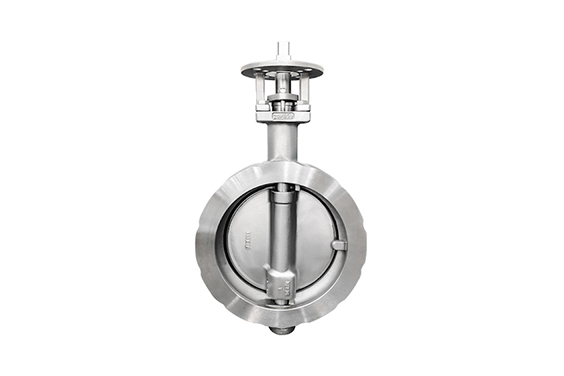
Large butterfly valves frequently use an actuator of the gearbox type, in which the hand wheel is linked to the stem by a gearbox. This will lessen the force, but it will also slow down the process. Installing this kind of valve in the open position is recommended. During installation, if the valve is closed, the rubber seat will jam up on the valve disc and be challenging to open. In contrast to a ball valve, a butterfly valve’s disc is constantly in touch with the fluid being transported by the pipeline, resulting in a pressure drop.
Since the latter half of the 18th century, the butterfly valve has been used. A butterfly valve was utilized in James Watt’s early steam engine designs. Butterfly valves might be manufactured smaller to resist more extreme temperatures because of material manufacturing and technology developments. Due to its widespread use in several applications, the butterfly valve sector has a high level of reliance. Among these are the segments for automation, wastewater treatment, petrochemicals, chemicals, food and drink, and pharmaceuticals. Below mentioned are a few common types of butterfly valve.
Parts Of Butterfly Valves
Below mentioned are the major components of butterfly valves:
1. Body
The most typical body structures for a wafer type butterfly valve are wafer and lug; their bodies can fit between two pipe flanges. Bolt holes that match those in the pipe flange are presented by protruding lugs on the lug’s body. On the other hand, a wafer’s body is devoid of protruding lugs. Instead, the wafer is surrounded by flange bolts and sandwiched by pipe flanges. The materials for butterfly valve flange type are chosen based on the fluid that needs to be stopped flowing, the pressure, and the temperature of the current application.
2. Stem
The stem component of the butterfly valve may have a single or double-piece shaft structure. In most resilient sitting designs, it is shielded from most media, allowing for a practical material choice in terms of price and mechanical attributes. On the other hand, with high-performance butterfly valve designs, the stem is in contact with the media.
3. Disc
The disc, which rotates 90 degrees or a quarter turn, is a movable component that controls flow through the valve. In a butterfly valve, it is the flow closure. In a plug valve, it is the counterpart of a ball. A gate valve is the counterpart of a gate.
4. Seat
A surface inside the body called the seat makes contact with the disc and creates a tight cut-off. It can be a metal seat, a robust seat, or a fireproof seat that is a barrier between pressurized fluids and combustion gasses and the manifold.
Types Of Butterfly Valves
The following are the common types of butterfly valves:
1. Wafer Butterfly Valve
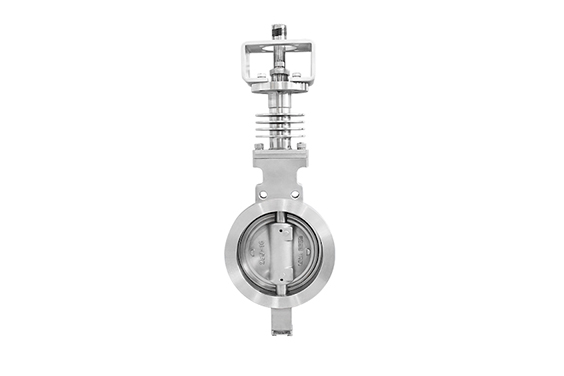
The flange bolts encircle the wafer body, which is positioned between pipe flanges. Despite being simple to install, a wafer-type butterfly valve cannot be utilized as an isolation valve. Two or more centering holes support the installation of a wafer-style butterfly valve between pipes.
The wafer butterfly valve variant is made to guard against a tight seal and a two-way pressure difference. Since they are lighter and less expensive, they are commonly used. However, they cannot be used as a pipe end or an end-of-line service.
2. Lug Butterfly Valve
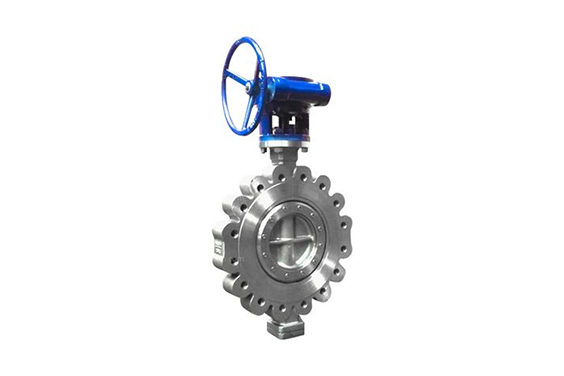
The lug butterfly valve has protruding lugs that allow access to bolt holes that line up with those in the flanges around the body’s perimeter. A lug style has metal bolts that are threaded around the body. Its primary use is to connect and detach piping systems from one side of the system without spreading on the other.
Wafer valves can be swapped out for lug styles. One cannot, however, change from a lug to a wafer. A lug type butterfly valve may have lower bolt torque ratings than wafer valves because the lug threads are weak as they are made up of lower-strength body materials.
3. Flanged Butterfly Valve
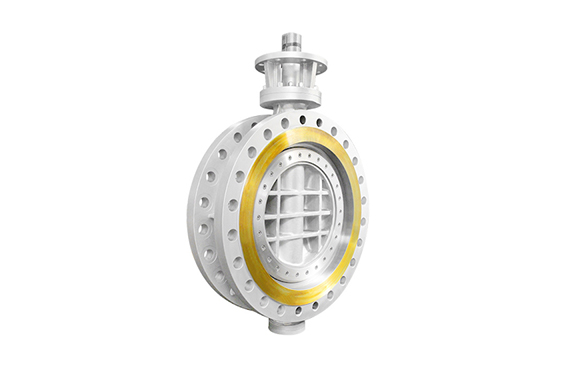
The huge sizes of flange butterfly valves are well known. Flanged butterfly valves are employed in several piping connection techniques. These kinds can be fastened between two pipes since they have elevated or winged edges in the enclosure. Some businesses employ a “U”-shaped valve since it is less expensive, but because the two flanges aren’t usually parallel, it might be challenging to bolt the valve to the pipe flanges.
4. Welded Butterfly Valve
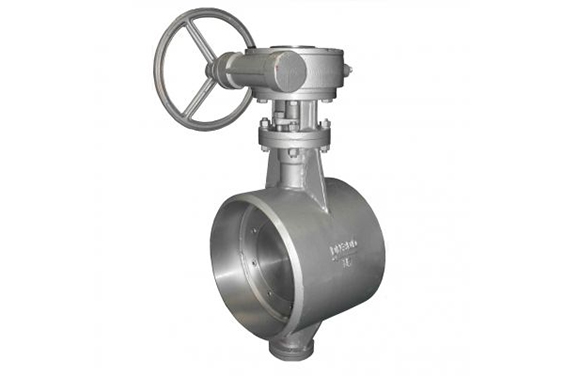
These ends are directly welded to the pipe and are employed in high-pressure services. The welded butterfly valve is rarely used with plastic-lined valves since they are typically only compatible with PN10/16 (150#) flanges. As a result, components of this kind are often constructed of bronze, aluminum, or stainless steel.
5. Zero-Offset Butterfly Valve
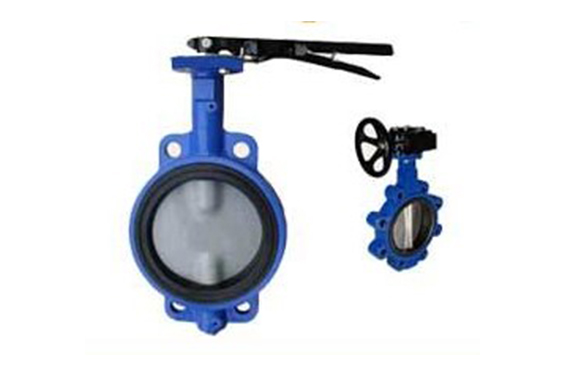
The valve has a zero offset design. The disc and shaft axis is concentric with the valve body in this configuration. With the disc in the center and parallel to the flow, it divides the flow into two halves in the open position. The seat of this kind of valve is robust. When the disc distorts the soft seat, sealing occurs. These valves address the tightening issues between the butterfly valve’s disc and seat.
A zero offset valve has the drawback of having friction between the disc and seat throughout the operating cycle. Despite that, this valve can handle applications involving chemicals, coatings, food, certain solids, and abrasives. One benefit is that since the valve seat covers the body, most of the media passing through the valve won’t come into contact with it.
6. Double Offset Butterfly Valve
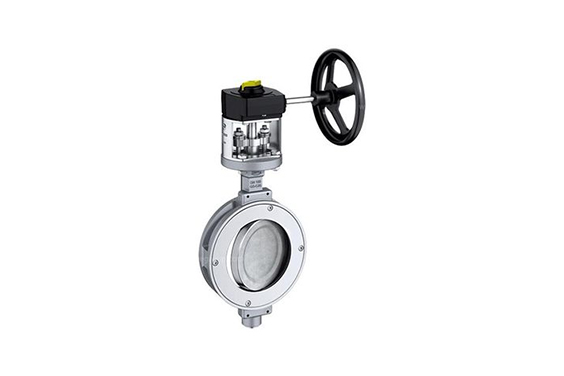
The valve body center line and the disc center line are both moved apart in double offset. This generates a cam motion that elevates the seal’s seat during operation. As friction only applies during the first few degrees of opening and the final few degrees of shutting, or roughly 10 degrees of opening and closing, double offset makes these opening and closing smooth.
With this configuration, the seat will experience less friction than a butterfly valve of the concentric kind, extending its lifespan. This double offset butterfly valve can only handle class 600 in common applications.
In many applications nowadays, double offset butterfly valves—also known as high-performance butterfly valves—are used. When compared to the design and features of single offset butterfly valves, think of these varieties as an improved and superior version of valves.
7. Triple Offset Butterfly Valve
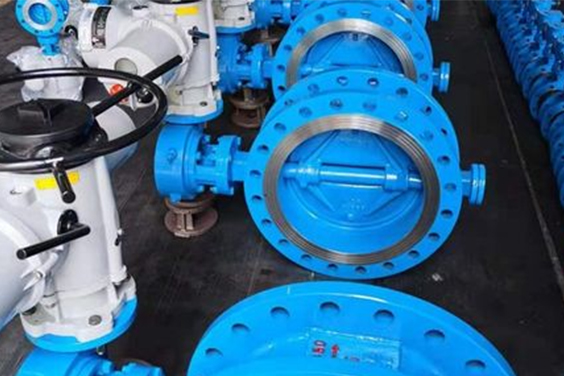
The triple offset butterfly valve is produced by the sitting surface’s geometry design in a triple offset design. The seat has a right-angled cone shape due to the seat’s offset conical form. This guarantees smooth stroking throughout the whole cycle of operation. With the 90° angle serving as a mechanical stop, contact is only made at the time of final closure; the metal seated valve uses a triple offset design.
The design of a double offset butterfly valve serves as the foundation for a triple offset butterfly valve. Compared to a double-offset butterfly valve, this configuration also results in a bubble-tight valve in high-pressure applications and has a far longer lifespan. Similar to the double-offset butterfly valve, this triple eccentric butterfly valve is only applicable in class 600 of common applications.
Advantages Of Butterfly Valves
The following are the advantages of butterfly valves –
- Compared to other industrial valves used in the industry, bray butterfly valves are lightweight and only take up a smaller amount of space.
- Due to their compatibility, the high-performance butterfly valves are manageable and support a full opening or closing of the valve with just a ninety-degree movement of the handle. Valve with non-metallic seating is suitable for usage with corrosive or chemical media.
- An eccentric butterfly valve is more compact, lighter, and less expensive than rival Globe, Gate, Ball, and Plug valves in larger diameters, >2″ (DN50). Small pressure drops occur over butterfly valves. Despite its excellent performance, it is relatively affordable and straightforward to maintain.
Disadvantages Of A Butterfly Valve
The following are the disadvantages of butterfly valves –
- Even when fully opened, the disc portion of butterfly valves tends to face the flow, creating a pressure switch over the valve. Additionally, butterfly valve performance raises concerns about blocked flow and potential cavitation.
- Also, there are occasions where they perform poorly in terms of sealing, limiting the use of throttling to low-pressure drop applications.
- Throttling is only allowed for low differential pressure applications, and even then, only with a disc opening of 30 to 80 degrees. The disc of the hydraulic butterfly valve will decrease the pipeline’s flow rate. This problem does not exist with other valve types (Ball, Gate, etc.).
Why Should You Buy Butterfly Valves from Dombor?
Dombor is a major manufacturer of butterfly valves, and the vast majority of its products are very effective, of superior quality, and provide exceptional results. The following are the characteristics of Dombor valves:
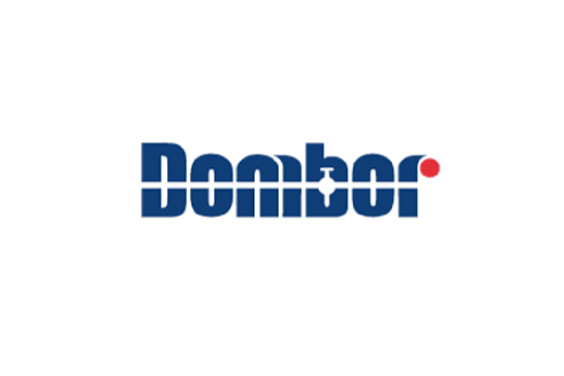
- The customizable nature of the lined butterfly valve makes it appropriate for a variety of industrial applications.
- Butterfly valves manufactured by Dombor are automated for simplicity of usage.
- Butterfly valves from Dombor are the best option since they are much lighter and easy to install.
Final Word
As compared to other valves, a butterfly valve is highly efficient and serves numerous applications. A butterfly valve has its own benefits and drawbacks, some of which are mentioned above. One may choose one depending on their variables and needs. Please contact us to buy high-quality and dependable valves from a reputed provider.









